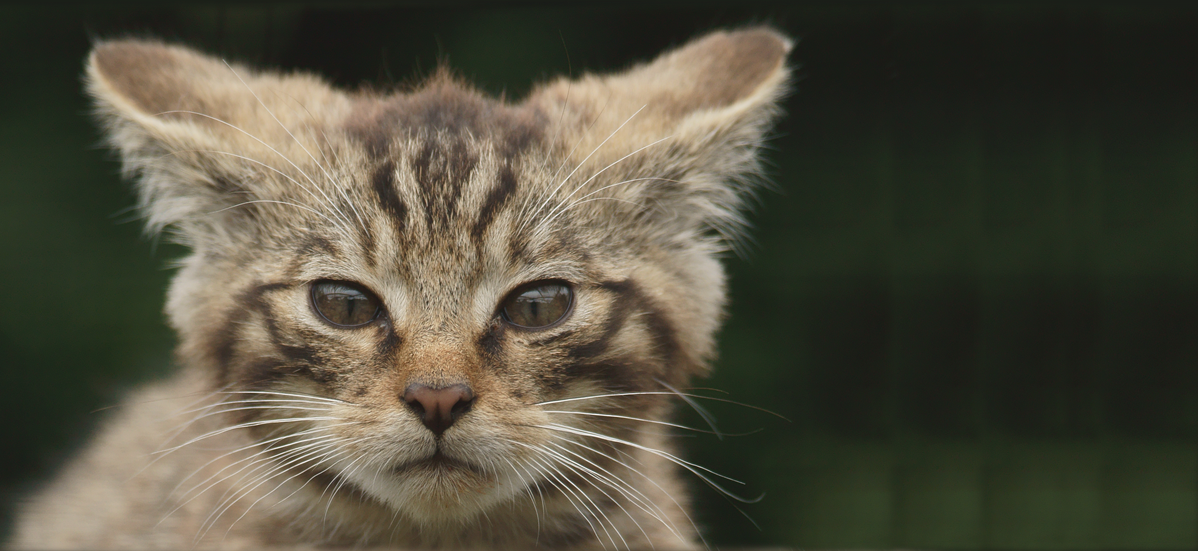DISTINGUISHING THE VICTIM FROM THE THREAT: SNP‐BASED METHODS REVEAL THE EXTENT OF INTROGRESSIVE HYBRIDIZATION BETWEEN WILDCATS AND DOMESTIC CATS IN SCOTLAND AND INFORM FUTURE IN SITU AND EX SITU MANAGEMENT OPTIONS FOR SPECIES RESTORATION

CASUAL SEMINAR IN BIODIVERSITY AND EVOLUTION

The degree of introgressive hybridization between the Scottish wildcat and domestic cat has long been suspected to be advanced. Here, we use a 35‐SNP‐marker test, designed to assess hybridization between wildcat and domestic cat populations in Scotland, to assess a database of 295 wild‐living and captive cat samples, and test the assumptions of the test using 3,097 SNP markers generated independently in a subset of the data using ddRAD. We discovered that despite increased genetic resolution provided by these methods, wild‐living cats in Scotland show a complete genetic continuum or hybrid swarm structure when judged against reference data. The historical population of wildcats, although hybridized, clearly groups at one end of this continuum, as does the captive population of wildcats. The interpretation of pelage scores against nuclear genetic data continues to be problematic. This is probably because of a breakdown in linkage equilibrium between wildcat pelage genes as the two populations have become increasingly mixed, meaning that pelage score or SNP score alone is poor diagnostic predictors of hybrid status. Until better tools become available, both should be used jointly, where possible, when making management decisions about individual cats. We recommend that the conservation community in Scotland must now define clearly what measures are to be used to diagnose a wildcat in the wild in Scotland, if future conservation action is to be effective.
Helen manages the RZSS Conservation department. She has worked at RZSS since 2011, including managing the RZSS WildGenes lab. She is a specialist in conservation genetics. She also works on species conservation strategies and action plans across the globe. She has particular interests in the management of reintroductions, the detection and management of hybridization, relationship between taxonomy and conservation, strategic planning and capacity building. Her academic research work mainly focuses on arid-land ungulate species (e.g. Arabian oryx, scimitar-horned oryx, addax and dama gazelle), wildcats, beaver and other mammals. Her PhD research focused on the hybridisation of red and sika deer in Scotland.
[Host: José Carlos Brito, Biodiversity of Deserts and Arid Regions]
Image credits: Peter Trimming [CC BY 2.0 (https://creativecommons.org/licenses/by/2.0)]